Looking for the lightest laptop in 2023? We’ve got you covered – in this guide, we’re running through the slimmest, most ultra-portable computers you can get. Also known as the best ultrabooks and “ultraportables”, these laptops are all about packing as much computing power as possible into as slim a body as possible. There are a number of excellent options from a range of manufacturers – and we’ve got the scales out especially to bring you the best ones here.
We’ve put together this guide with a total of five recommendations. At the top is the lightest laptop you can buy right now; this is a recent portable computer that is widely available and, in our view, is genuinely worth its asking price. After that, in case that particular laptop doesn’t suit your needs or your budget, we’ve included a series of alternatives at a range of price points.
A quick note before we start – we’ve kept our list to just laptops that are readily available in the US, which means there are a few omissions. For instance, in 2022, Fujitsu released the Lifebook WU-X/G2, weighing a slender 1.4 lbs, but it’s only available in Japan. Close behind it is the GPD Win P2 Max, a tiny take-everywhere notebook weighing just 1.43 lbs, but it’s not the easiest to get hold of. The laptops on this list can all be easily picked up at major retailers like Walmart, Best Buy, Amazon and others – and they’re all extremely lightweight.
There are different reasons you might want a light laptop as opposed to the best home computers – and some reasons you might not. We’ll get into these later in this guide, but first, let’s find out what is the lightest laptop you can buy right now…
The lightest laptop
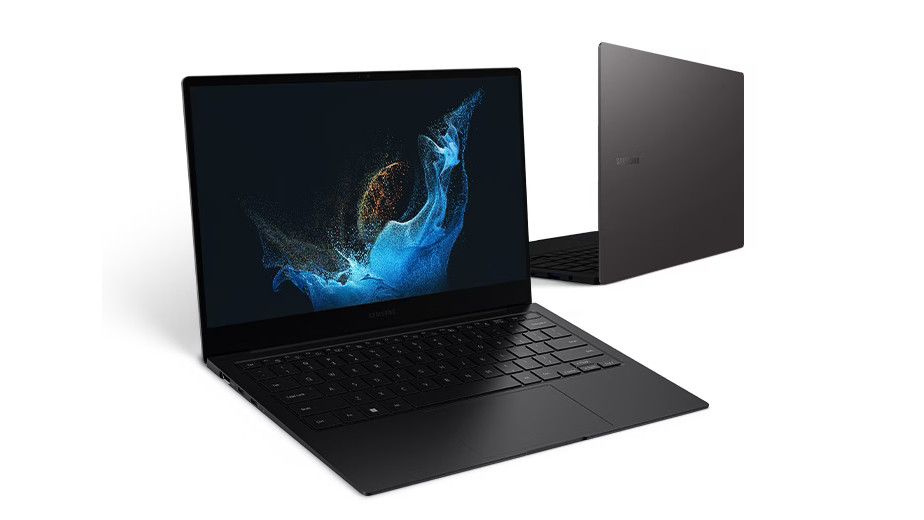
Samsung’s remarkable ultrabook is a laptop you can slip into your bag and practically forget you are carrying. Weighing in at less than two pounds – just 1.92lbs or 868g according to the literature – it really is a slip of a thing. It measures just 0.44 inches thick (only very slightly thicker than most phones), and still manages not to skimp on physical ports, with USB, Thunderbolt and HDMI connections all included.
The AMOLED display is a Full HD unit, with a resolution of 1920 x 1080 pixels, so while it lags behind 4K monitors in terms of sheer pixel numbers, it makes up for it by delivering rich colors, with deep blacks and exceptional contrast. Power-wise, the Samsung Galaxy Book Pro 13 is outfitted with an Intel Core i5-1135G7 CPU and 8GB of RAM, as well as a built-in solid-state drive offering 256GB. These specs are good enough, if unremarkable, and will do the job well enough for general productivity tasks and office work. Multi-taskers who expect to find themselves itching to upgrade to 16GB of RAM should note that the Samsung Galaxy Book Pro 13 is non-upgradeable – what you see here is what you get.
Otherwise, for a take-everywhere lightweight laptop, the Samsung Galaxy Book Pro 13 delivers on all fronts. It’s got great battery life that will easily last for a day out and about, and as long as you don’t plan to push it too hard with high-intensity tasks like video editing, it’ll keep up capably.
More of the lightest laptops
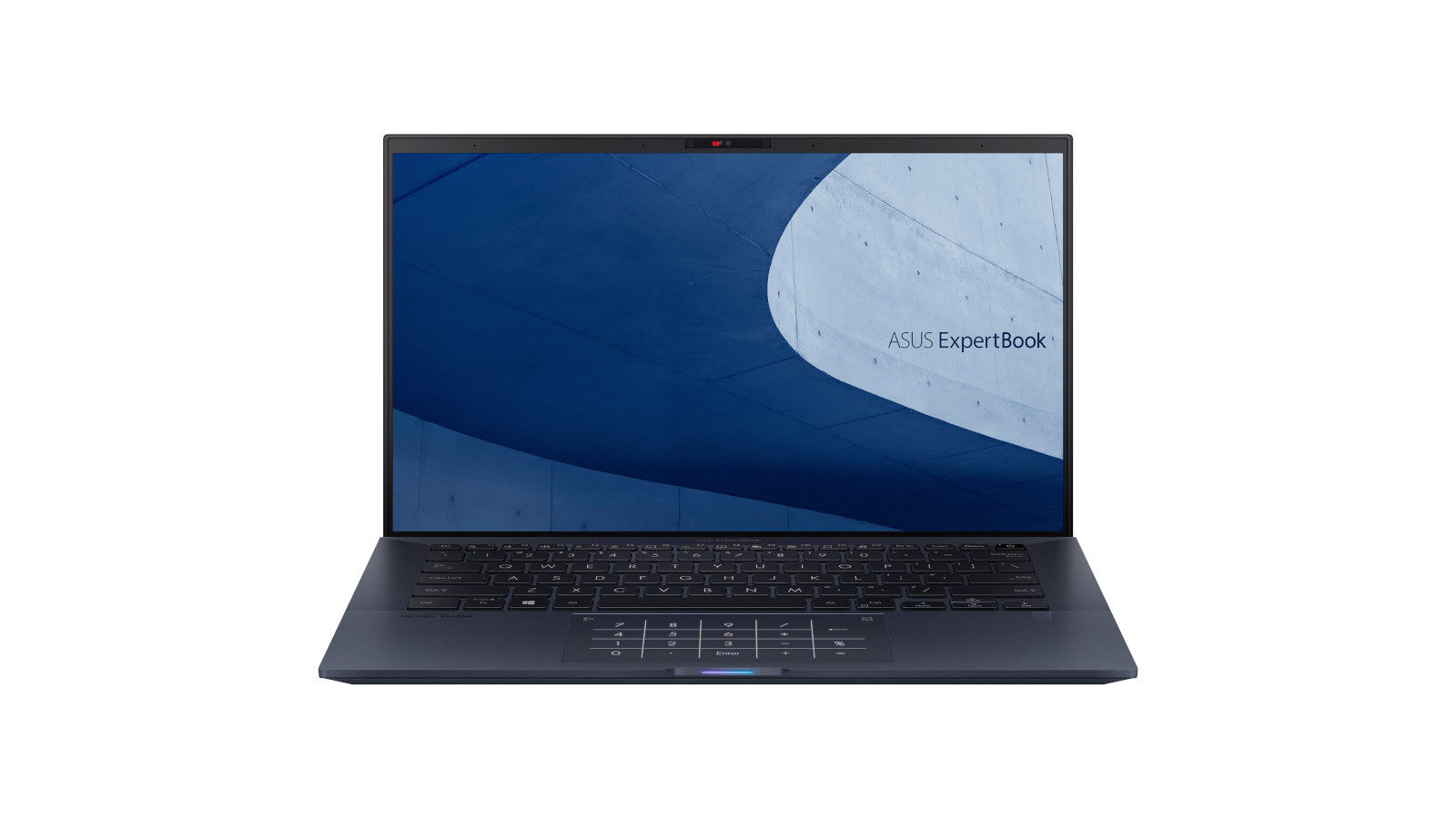
CPU: Intel Core i5 / Intel Core i7
RAM: 8–32GB
Weight: 1.92–2.23 lbs
It was a close-run thing. In its lightest configuration, the Asus ExpertBook B9 is rated at 1.92 lbs – the same weight as the Samsung Galaxy Book Pro 13. You have to dig into the specs to see that when measured in grams, the Samsung comes out just a little lighter, at 0.87kg compared to 0.88kg. Which really, really isn’t a difference that anyone’s going to notice, but hey – something had to win this. In any case, the Asus ExpertBook B9 is more configurable, with different CPU, RAM and storage options for users who need more from their computer. Bear in mind these will affect the weight, though the heaviest configuration is still only 2.23 lbs or 1.01 kg, which is still one of the lightest laptops on the market. The design is functional enough, if lacking a bit of wow factor. For business users, this is an excellent choice of lightweight laptop.
For
- Flexible storage/RAM options
- Excellent battery life
- Spill resistant
Against
- Plain, rudimentary design
- Somewhat basic feature-set
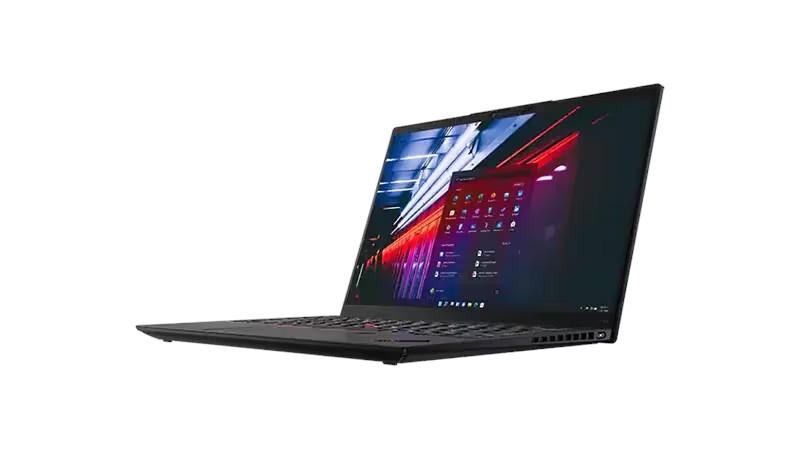
CPU: Intel Core i5 / Intel Core i7
RAM: 16GB
Weight: 2.13 lbs
With a solid amount of memory and powerful processor options, the Lenovo ThinkPad X1 Nano Gen 2 is a more capable computer than its ultra-light build might indicate. It’ll chew through all but the most demanding productivity tasks with relative ease, and is a good ultraportable for creative work thanks to its lovely 2K display. Note that you can upgrade to a touchscreen, though this adds to the weight slightly. The build is both magnesium alloy and carbon fiber, meaning it’s reasonably strong, and battery efficiency is excellent. We would have liked to have seen more port options – HDMI and USB-A are absent, and you’ll frequently be using one of the two USB-C ports for charging. Also note that this is quite an expensive laptop; it starts at $1,511 for the base configuration, compared to $999 for the Samsung Galaxy Book Pro.
For
- Lovely 2K display
- Strong carbon fiber chassis
- Decent computing power
Against
- Pricier than Samsung Galaxy Book
- No HDMI or USB-A ports
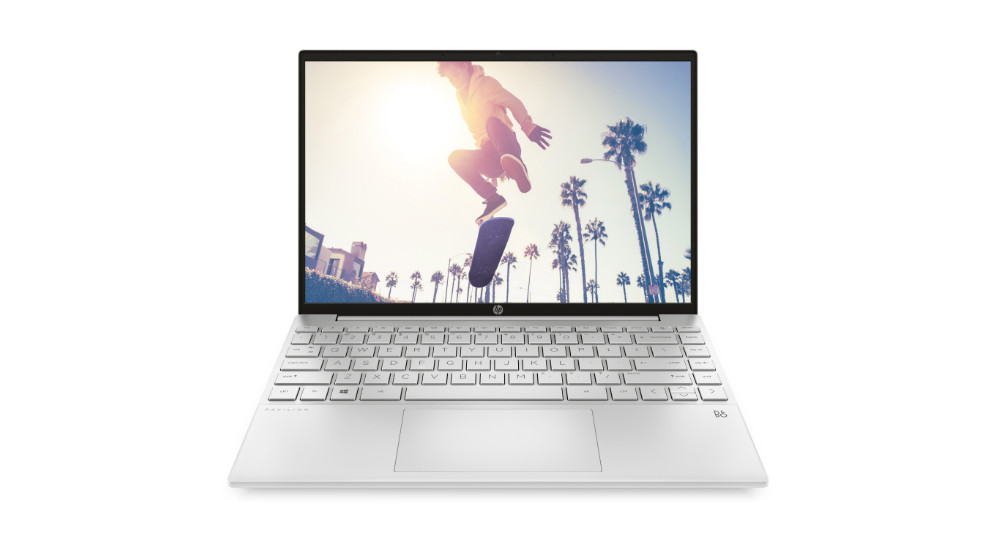
CPU: AMD Ryzen
RAM: 16GB
Weight: 2.2 lbs
For a laptop as light as this, sliding in just under 2.2 lbs (1 kg), it’s remarkable how pleasant the HP Pavilion Aero 13.3 feels to use. Its keyboard has been really well designed and is comfortable to type on for long periods. The display, meanwhile, delivers ultra-punchy colors and better brightness than the Samsung Galaxy Book Pro 13. The design of the laptop is pretty plain, but as you might be beginning to get a sense of, this is a common feature to ultraportables. After all, design flourishes can add unnecessary weight! One thing to note is that the HP Pavilion Aero 13.3 does have the usual Windows problem of plenty of bloatware – pre-installed software you neither want nor need. Happily, the only weight this adds is figurative, not literal. It’s got enough RAM for general work and creative tasks too.
For
- Comfortable, well-made keyboard
- Bright, vivid display
- Battery does well
Against
- Fair bit of bloatware
- No microSD slot
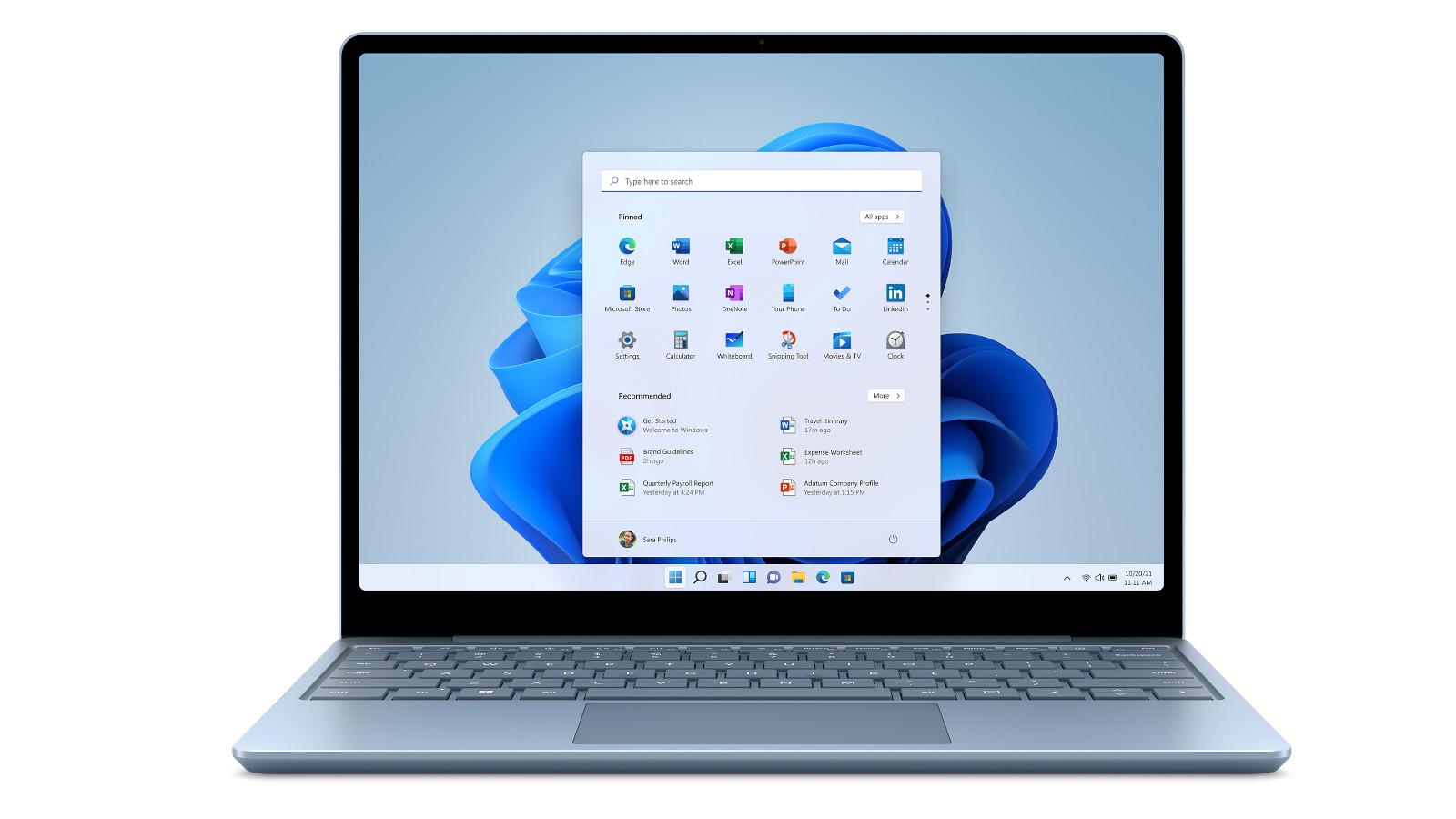
CPU: Intel Core i5
RAM: 4–8GB
Weight: 2.48 lbs
The best ultralight laptop for those on a budget, the Microsoft Surface Laptop Go 2 can be picked up for as little as $569 if you don’t mind only getting 4GB of RAM and 128GB of storage. Most users will likely want a bit more than this, and you can double up the RAM at least for only an extra $100, which we’d say is worth doing. Whatever configuration you choose though, the Microsoft Surface Laptop Go 2 is a very lightweight laptop indeed, weighing in at just 2.48 lbs. It runs smoothly and quietly, and its display is punchy and colorful, with respectable if unremarkable brightness. One thing to note though is that the battery is nowhere near as good as the others in this guide – it tends to last for around 6 hours of average use, and if you do anything like embark on a video call, prepare to see it drop sharply. As long as you don’t forget your charger, this is a useful, capable lightweight laptop for work or casual use.
For
- Great value for money
- Runs cool and quiet
- Big, accurate trackpad
Against
- Base model has poor specs
- Poor battery life
What to look for in a light laptop
Why is a light laptop important?
Why you can trust Top Ten Reviews Our expert reviewers spend hours testing and comparing products and services so you can choose the best for you. Find out more about how we test.
The main benefits of a light laptop are fairly self-explanatory: it’s more portable, and easier to carry around with you. More and more of us have embraced flexible working over the past few years, and an ultraportable laptop allows you to be flexible in when and how you get your tasks done. If you’ve never carried a MacBook Pro around in your backpack for an entire day, believe us, it’s not something you stop noticing. Ultraportables, on the other hand, weigh not much more than a full water bottle.
There are technological benefits too. Ultraportable laptops tend to have very good battery efficiency, due to their smaller displays and less powerful processors. You’lll get a good full day’s use out of a battery charge on any of the laptops we’ve featured in this guide, further lightening your load as you can get away with not bringing a charger out with you.
Ultraportables will invariably use solid-state drives (SSDs) for storage, as these are much lighter than hard disk drives (HDDs), meaning you should get a decent amount of storage at your disposal. This is also what makes them so snappy to start up and allow your programs to load so quickly – as the computer can load data off the SSD very quickly.
What are the trade-offs of a light laptop?
Ultra-light laptops aren’t necessarily for everyone, and there are a few trade-offs to buying one that it’s worth being aware of before you make your buying decision.
First, you may have clocked this already, but ultraportable laptops tend to err on the expensive side. They aren’t the absolute priciest laptops you can buy – at the high end, the weight pendulum swings the other way as we start to meet big powerful beasts like the MacBook Pro. However, they definitely also aren’t the cheapest, and you do need to factor in that in terms of computing power on the dollar, ultra-portables aren’t the most efficient option out there.
Second, it’s also worth noting that there is a computing power ceiling on lightweight laptops. Just as with the quietest PCs, lightweight laptops have to contend with the fact that a fast and powerful computer requires a lot of cooling so as not to overheat. Therefore, in order not to have to include bulky fan mechanisms, ultra-light laptops may use less powerful CPUs, or incorporate CPU throttling technology in order to slow the processor down whenever it’s in danger of getting too hot. So if you want to edit 4K video, or play the latest games, an ultraportable isn’t really the way to go.
Lastly, we should touch on the human factor. Look deep into your soul, and ask yourself: how careful am I with my laptop? Ultraportables aren’t as tough as heavier laptops, and if bashed about too much they can be easy to break – especially given that they’re so light it’s easy to forget one is in your bag. If you worry you might be the sort of person to treat an ultraportable laptop too roughly, maybe shell out for something that can withstand a little punishment.

